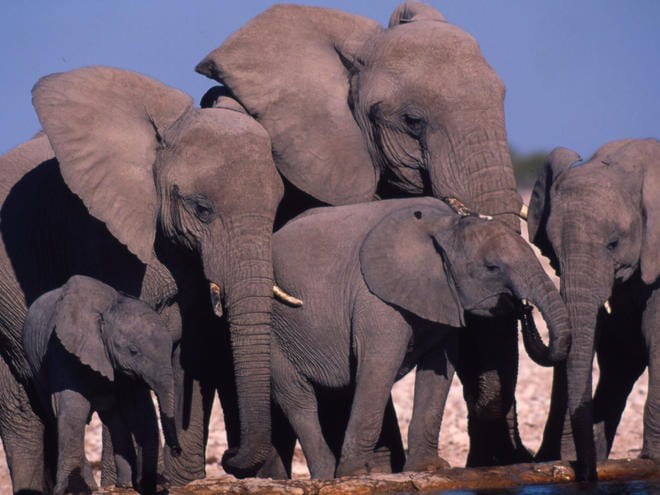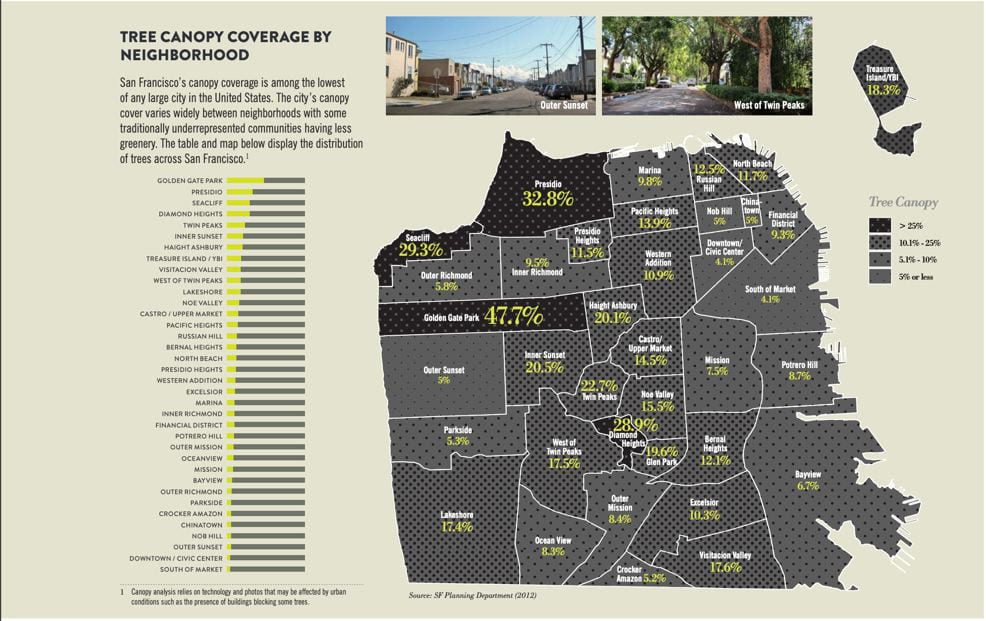Elephant Poaching in South Africa

The illegal poaching of elephants in South Africa has been a huge issue for many decades. Approximately every 15 minutes, an elephant is poached for its ivory. That is almost 100 elephants a day and nearly 40,000 elephants a year (Meijer, 2018). It is also estimated that this trade is a source of funding for organized crime equivalent to $10 billion a year (CITES, 2014). Drivers of poaching elephants and the ivory trade “are multiple and complex, including Chinese consumers’ motivation stemming from the socially-constructed economic, social, cultural, aesthetic, religious, and medical values of ivory” (Yufang Gao, & Clark, S., 2014). The illegal trafficking of ivory is directly related to countries where these cultural beliefs are common. Wildlife trafficking undermines security across nations, and it is crucial to understand what is going on to know how to best take action.
There have been numerous strategies implemented to cease the commercial poaching of elephants in South Africa. Strategies that have been implemented in South Africa and Asia, where the demand for ivory is high, have addressed aspects of the poaching system. There are countries in Africa, including Botswana and the Congo, where it is legal to shoot and kill poachers if they are caught in the act. These regulations, often referred to as shoot-to-kill policies, have been widely discussed and are a very controversial topic in Africa (White, 2014). There have also been other less aggressive methods that have been implemented in South Africa such as regulations aimed to stop the illegal trafficking of animal products being transported out of Africa. Laws and regulations have also been put in place in China to stop the purchasing of illegal animal products (Harvey, 2018; Meijer, 2018). These laws and regulations are usually enforced at ports of entry or through customs where it is most common for illegal trafficking to happen. Organizations in Africa are also trying to rebuild habitat for elephants, which is also helping to raise elephant populations. These different organizations are generally non-profit and are sustained by donations or government funds.
It is important to make the distinction between subsistence hunting and commercial poaching. Since the beginning of human existence, we have been hunters and gatherers. But there is a difference between hunting to feed yourself and hunting for the purpose of selling and profiting from animal parts. Since the mid-1800s, there have been hunting restrictions on areas of land such as national parks or protected areas (Koot, 2016). This has limited the ability for local people to hunt as they did before. Some of the world’s most renowned nature areas have been set up for the protection of animals and enjoyment by tourists but have in return created new problems regarding the way of life for the bushmen that have been living there for centuries. For example, the Bushmen of the Central Kalahari Game Reserve in Botswana are being criminalized as poachers even though they have been hunting for subsistence in this area for centuries (Koot, 2016). There needs to be a method to support the livelihood of all participants in the ecosystem. There are aspects of this system that have to be addressed at the local and international levels in order to create a solution for this crisis. The current strategies that have been implemented through different policies and governmental regulations have diminished the levels of poaching but not to the levels where elephants are considered “safe” from humans.
Through the Convention on International Trade in Endangered Species of Wild Fauna and Flora (CITES), there have also been many effective policies put into place. An example is a project that was launched by the European Commission (EC) titled: Supporting Sustainable Management of Endangered Tree Species and Conservation of the African Elephant. €7 million have been contributed by the CITES Secretariat and €1 million was donated specifically to the African Elephant fund from the United Nations (CITES, 2014). This is an important policy because it is aimed at working on current poaching problems and has the support of many different countries through the United Nations. This donation provides funding for a duration of 50 months and will generate regular and reliable information on the status and threats to elephants and other flagship species based on law enforcement benchmarks and ranger-based monitoring systems (CITES, 2014). This support will hopefully encourage more countries to take part in trying to stop current poaching issues.
Another project that has been implemented by CITES is Minimizing the Illegal Killing of Elephants and other Endangered Species (MIKES) that builds on the Monitoring the Illegal Killing of Elephants (MIKE) program. MIKE was designed to produce data on the status and trends of the elephant populations in Africa. These regulations have been in place since 2001 and exist to the present day (CITES, 2014). MIKE will aim at providing help on the front lines in the bush to the rangers through education, and different levels of practical support. “The fight against the criminals who are decimating wildlife through illegal trade will be won or lost on the front lines. This project will provide practical and real-time support to the brave and committed rangers who are serving in the field in selected sites, which is exactly where more support is needed,” said John E. Scanlon, Secretary-General of CITES.
A policy that was eventually implemented in 2017 in China that had been discussed for many years is illegalizing the sale of elephant ivory in China. The World Wildlife Fund has been interviewing people since the implementation of this policy about their incentives (if any) to purchase or sell elephant ivory now that it is illegal. Their results show that all pre-banned illegal ivory shops that were visited by wildlife tracking experts in 2018 have stopped selling ivory, and the scale of illegal ivory trade has seriously diminished in most of the cities that the online platforms have been studying (Harvey, 2018; Meijer, 2018). This ban on trading elephant ivory has shown to work in some of the major cities in China, but there are also large issues along the China-Vietnam border and in Vietnam because Vietnam does not have an ivory ban.
There are other, more controversial methods that have been implemented in different countries in Africa. For example, since shoot-to-kill policies were adopted in Botswana, the country has seen a decrease in the number of elephants poached in comparison to other African countries that do not have similar policies. Many countries such as South Africa, where there are no shoot-to-kill laws, have moved a portion of their elephants and rhinos to Botswana because they are believed to be safer there (Mogomotsi, 2017). This anti-poaching method seems to have some effect on poaching levels, but it creates more issues than it solves by creating a “green militarization” (Marijnen, 2018). It seems a bit counter-intuitive to kill people who you are trying to stop from killing other creatures. By doing this, it creates a war between people over elephants that is no different than wars between countries over resources.
There are indicators that lead to the belief that elephant poaching rates have diminished in some areas, but it is likely that areas where a large amount of poaching happens have simply changed. Colin Beale, a scientist who focuses on Geographic Information Systems (GIS), decided that he was going to produce data on the number of elephant carcasses in South Africa by using drones to scan areas from above. The research that he produced is very intriguing. He focused his research on how poachers operate and for what reasons they poach in certain areas. The results he found give an unsettling feeling about the amount of elephant poaching that is still happening even with the new policies and regulations in place around the world. Beale found that the density of carcasses was the highest close to wet-season and near watering holes. He also determined that elephants were being poached generally in areas of higher altitudes and at an intermediate travel cost from villages. Beale also found that there are some relations between the ranger patrol locations and the density of carcasses. Beale found no evidence for an ecosystem-wide impact of ranger patrol locations on carcass abundance but found strong evidence that different ranger posts showed contrasting patterns in relation to carcasses: some being significantly associated with clusters of carcasses, others showing the expected negative correlation, and most showing no pattern at all (Beale, 2018). This brings attention to the possibility that ranger patrols in remote areas could be encouraging elephant poaching in areas that the rangers know well (Zafra-Calvo, 2018). The rangers know many of the elephants in the areas they work and could easily give the poachers an upper hand for a percentage of the profit. From the data collected with drones, researchers have determined that the techniques used by poachers have not had very drastic improvement in the last decade as some research would suggest, but instead poachers are going in less populated areas to kill the elephants with less risk of being caught. The levels of poaching have diminished in some areas but, in fact, worsened in other areas that are more rural and do not have as prominent governmental systems.
There are many different organizations that are taking part to try and diminish the poaching of elephants in Africa. These organizations are mainly focusing on ways to improve elephant habitats and educating children and adults about elephants and why poaching is not the best choice. Some of these organizations include the International Elephant Foundation and the African Wildlife Foundation. Both of these organizations strive to protect elephants and their habitats by expanding areas where elephants naturally live and graze and protecting areas that are vulnerable to poaching. Readers can get involved with these organizations and help spread the word about them and the work they are doing. Individuals can also support elephants by adopting an elephant through the World Wildlife Foundation or the World Animal Foundation. Both of these organizations have ways to adopt an animal so that you can help contribute to the species’ livelihood by donating money to elephant conservation for essential resources such as habitat protection.
Citations
Beale, C. M., Hauenstein, S., Mduma, S., Frederick, H., Jones, T., Bracebridge, C., … Kohi, E. (2018). Spatial analysis of aerial survey data reveals correlates of elephant carcasses within a heavily poached ecosystem. Biological Conservation, (C), 258. Retrieved April 15, 2020, from
https://doi.org/10.1016/j.biocon.2017.11.016
C. (2014). Press release: European Union invests EUR 12 m to minimize the illegal killing of endangered species. Retrieved April 15, 2020, from
https://cites.org/eng/node/15766
Harvey, R., Alden, C., & Wu, Y.-S. (2017). Analysis: Speculating a Fire Sale: Options for Chinese Authorities in Implementing a Domestic Ivory Trade Ban. Ecological Economics, 141, 22–31. Retrieved April 15, 2020, from
https://doi.org/10.1016/j.ecolecon.2017.05.017
Koot, S. (2016, October 25). Poaching. Retrieved April 22, 2020, from
https://politicalecologynetwork.wordpress.com/poaching/
Marijnen, E. (2016, August 29). Selling green militarization: The discursive (re)production of militarized conservation in the Virunga National Park, Democratic Republic of the Congo. Retrieved April 20, 2020, from
https://www.sciencedirect.com/science/article/pii/S0016718516301993
Meijer, W. (2018, September 28). WWF’s Ming Yao on why China’s ivory trade ban matters. Retrieved April 20, 2020, from
https://www.worldwildlife.org/stories/wwf-s-ming-yao-on-why-china-s-ivory-trade-ban-matters
Mogomotsi, G., & Madigele, P. (2017). Live by the gun, die by the gun: Botswana’s ‘shoot-to-kill’ policy as an anti-poaching strategy. Retrieved April 20, 2020, from
https://www.ajol.info/index.php/sacq/article/view/159519
White, N. (2014). The “White Gold of Jihad”: Violence, legitimisation and contestation in anti-poaching strategies. Retrieved April 20, 2020, from
https://journals.uair.arizona.edu/index.php/JPE/article/view/21146
YUFANG GAO, & CLARK, S. G. (2014). Elephant ivory trade in China: Trends and drivers. Biological Conservation, 23. Retrieved April 22, 2020, from
Zafra-Calvo, N., Lobo, J. M., Prada, C., Nielsen, M. R., & Burgess, N. D. (2018). Predictors of elephant poaching in a wildlife crime hotspot: The Ruvuma landscape of southern Tanzania and northern Mozambique. Journal for Nature Conservation, 41, 79–87. Retrieved April 22, 2020,
https://doi.org/10.1016/j.jnc.2017.11.006


